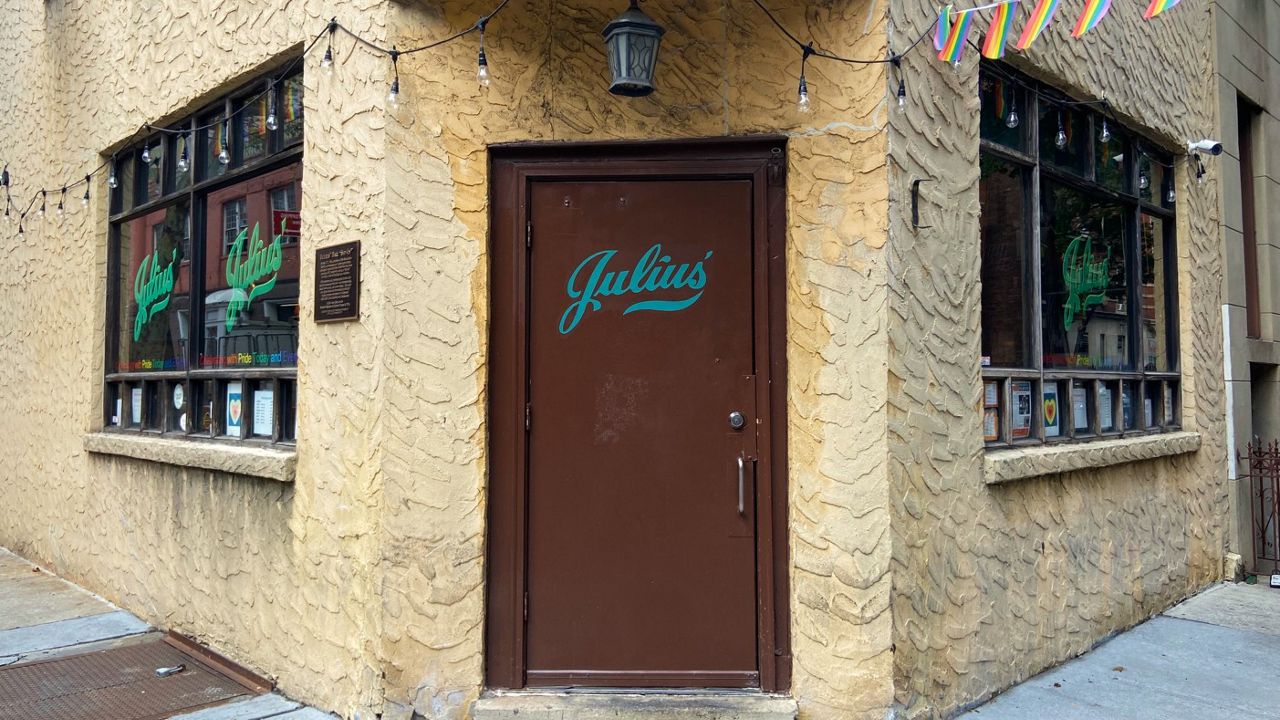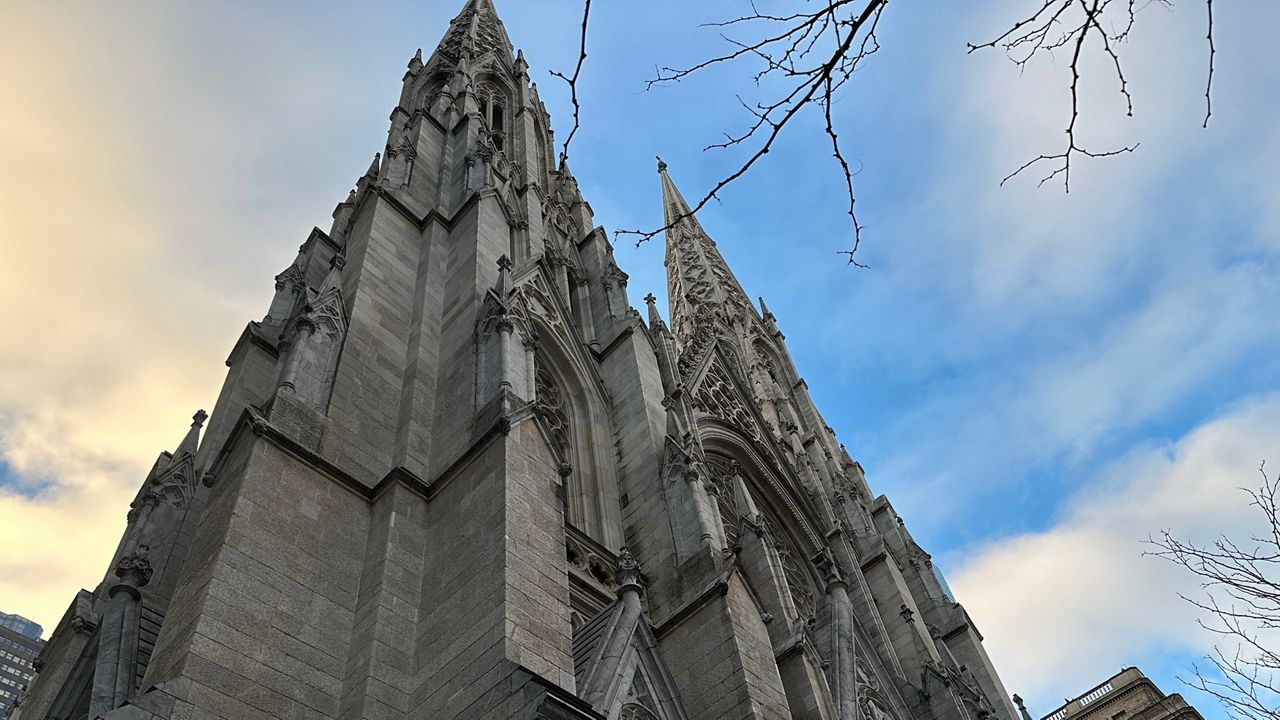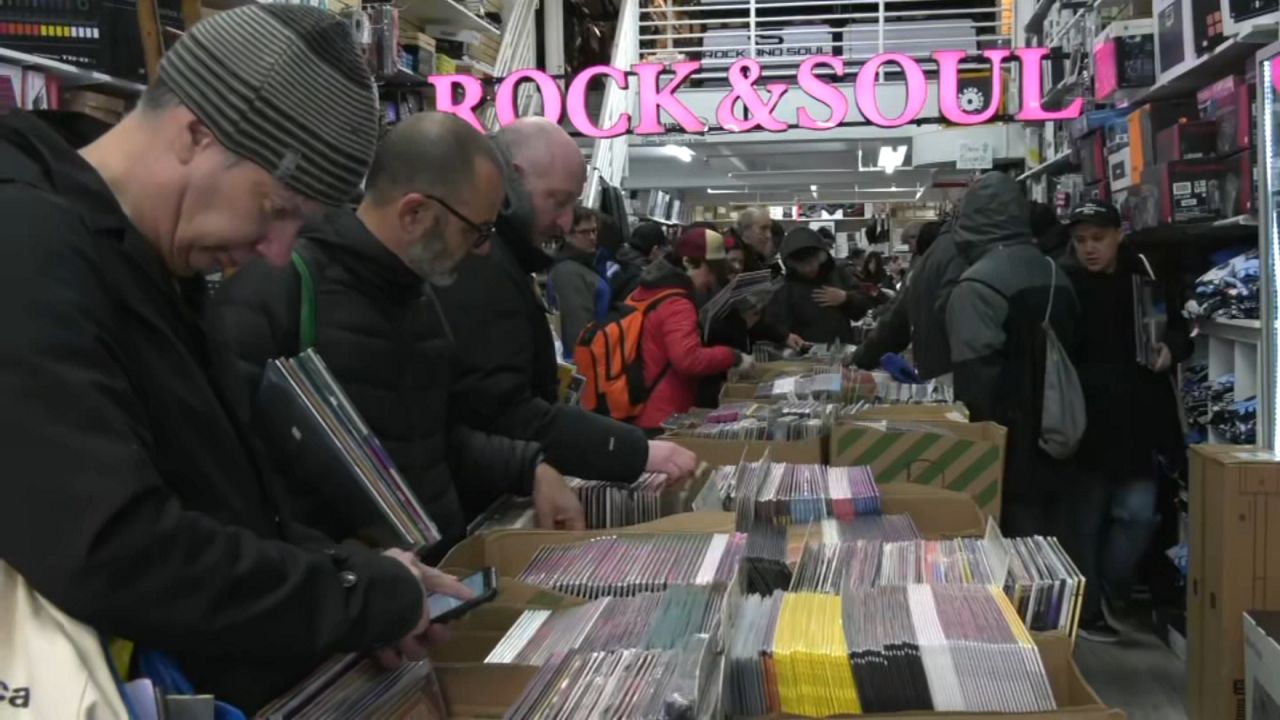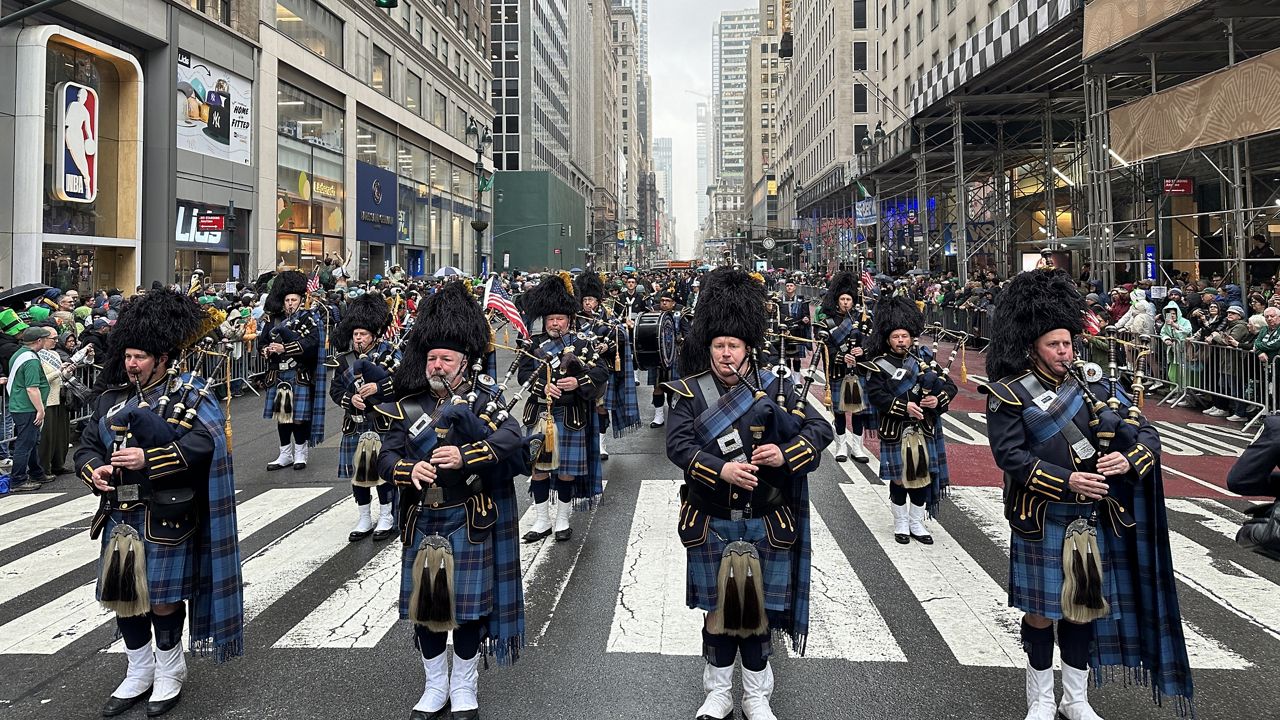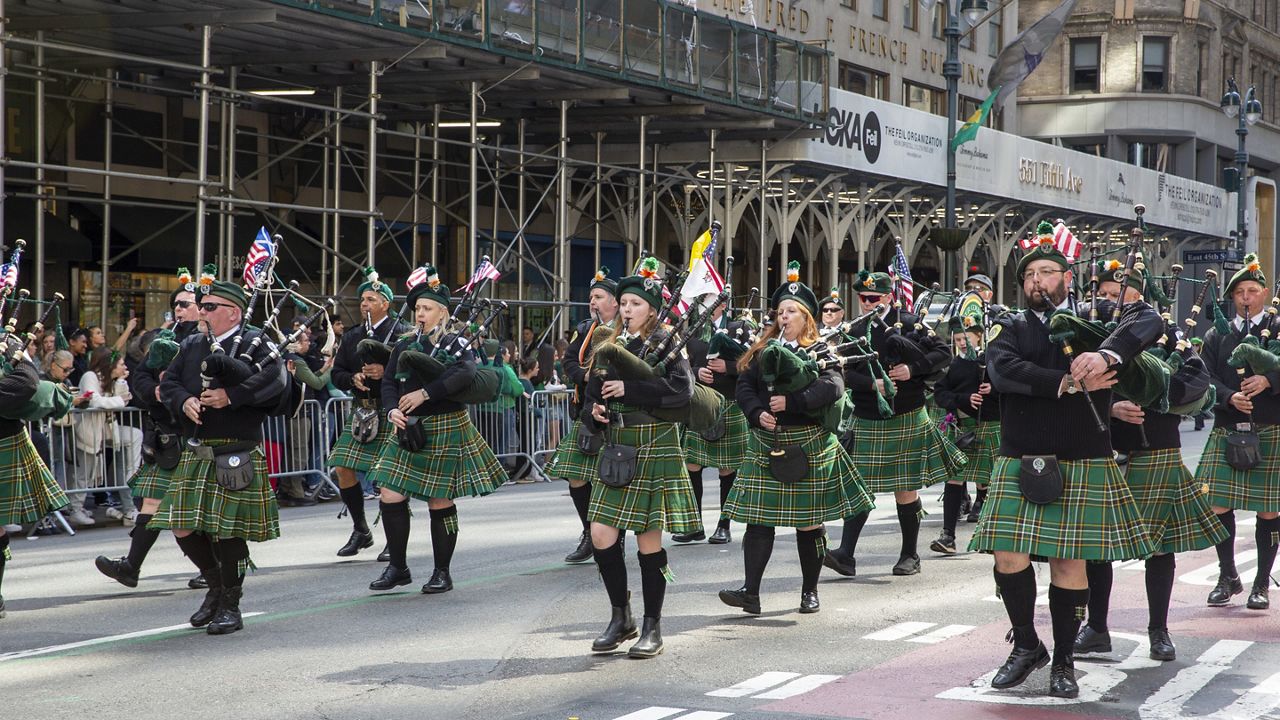The oldest gay bar in the five boroughs, Greenwich Village stalwart Julius’, is on track to become a New York City landmark.
Members of the city’s Landmarks Preservation Commission unanimously voted during a public hearing Tuesday morning to “calendar” the West 10th Street building that houses the bar.
In 1966, the bar was the site of what was called a “Sip-In,” a protest against regulations that made it illegal to serve people suspected of being gay or lesbian.
What You Need To Know
- The oldest gay bar in the five boroughs, Greenwich Village stalwart Julius’, is on track to become a New York City landmark
- Members of the city’s Landmarks Preservation Commission unanimously voted during a public hearing Tuesday morning to “calendar” the West 10th Street building that houses the bar
- In 1966, the bar was the site of what was called a “Sip-In,” a protest against regulations that made it illegal to serve people suspected of being gay or lesbian
- “Calendaring” a site, or scheduling a public hearing to discuss its significance, is the first official step in the process of designating a landmark
“Calendaring” a site, or scheduling a public hearing to discuss its significance, is the first official step in the process of designating a landmark, according to the LPC.
“We have staff working specifically on identifying sites that are significant to the LGBTQ community and heritage in the city,” LPC Chair Sarah Carroll said at the hearing. “And this has always been one that we have been thinking about.”
The commission will hold the public hearing “in the near future this fall,” Carroll added, without providing an exact date.
Built in the early 1800s as a trio of standalone buildings that were later combined, the Arts and Crafts style building “has housed a bar since the 1860s,” LPC Director of Research Kate Lemos McHale said at the hearing.
The present-day Julius’ at 159 West 10th St., at the corner of Waverly Place, opened its doors in 1930, she said.
In the 1950s, the watering hole became a popular gathering place for gay men, “despite its management’s unwelcoming attitude toward them, mixing in among the bar’s mostly straight clientele,” she added.
By the early 1960s, the city had begun taking steps to crack down on bars and restaurants that served gay people, as the State Liquor Authority had deemed serving them illegal. A police raid stemming from that crackdown sparked the 1969 Stonewall Uprising, which served as a turning point for the city’s LGBTQ rights movement.
Three years before Stonewall, however, three members of the Mattachine Society — a gay rights organization — made history by holding a “Sip-In” at Julius'.
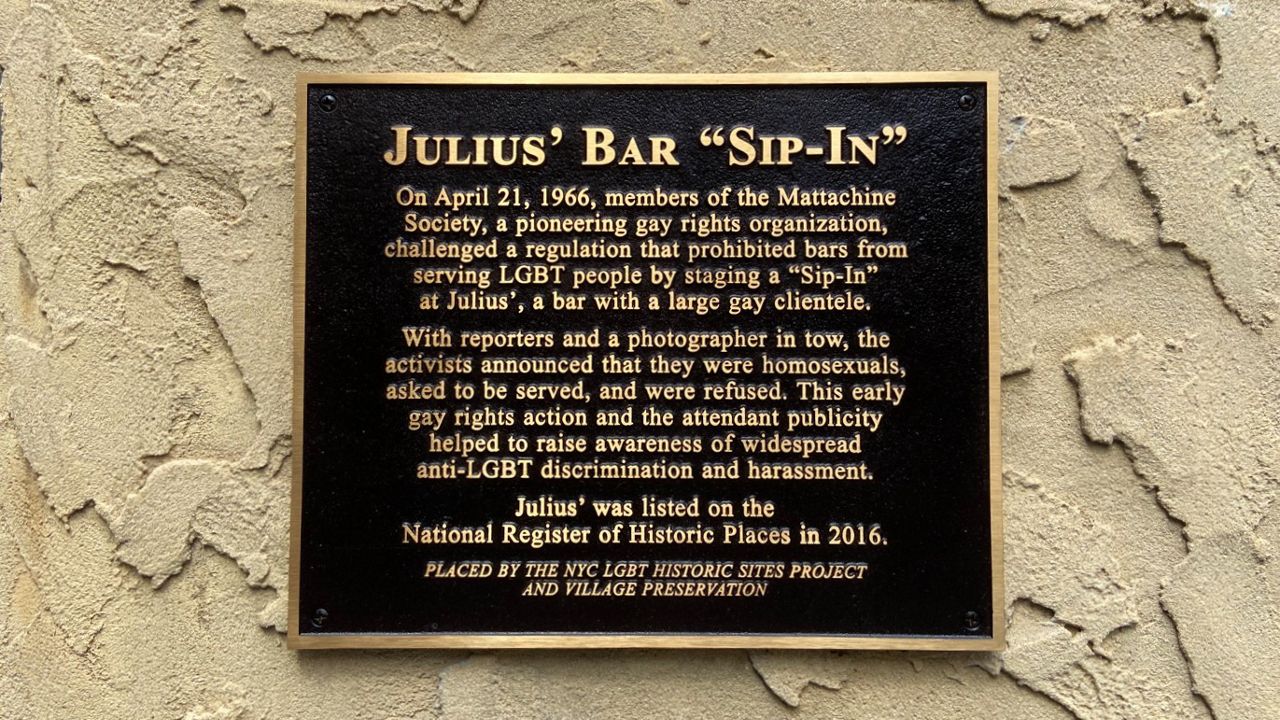
“With reporters and a photographer in tow, the activists announced that they were homosexuals, asked to be served, and were refused,” a plaque Village Preservation and the NYC LGBT Historic Sites Project fastened to the bar’s facade earlier this year reads.
“This early gay rights action and the attendant publicity helped to raise awareness of widespread anti-LGBT discrimination and harassment,” it adds.
While the National Register of Historic Places listed Julius’ in April 2016, Tuesday’s hearing marked the first time the city has formally considered landmarking it.
In a press release Tuesday morning, Village Preservation said the LPC’s vote followed a “nine-year campaign” to see the bar become a city landmark.
The LPC designated the Stonewall Inn a landmark in June 2015.
“This is a tremendously important step toward conferring much-needed recognition and protection upon this site, which played such an enormously important role in the LGBTQ+ civil rights movement,” Village Preservation Executive Director Andrew Berman said in a statement.
“LGBTQ+ and civil rights history like that which is embodied in Julius’ Bar are essential elements of our collective story, and it’s critical that they not be forgotten or erased,” Berman added.


